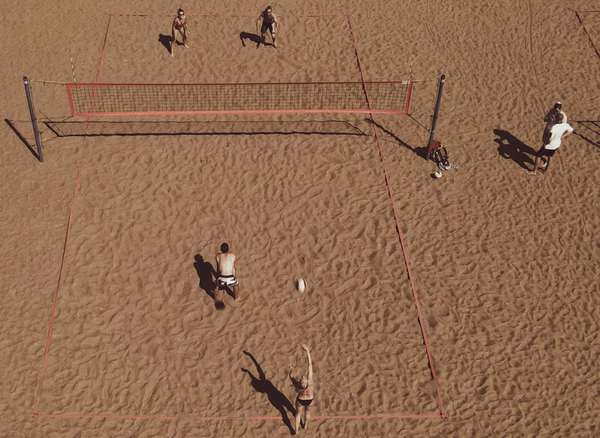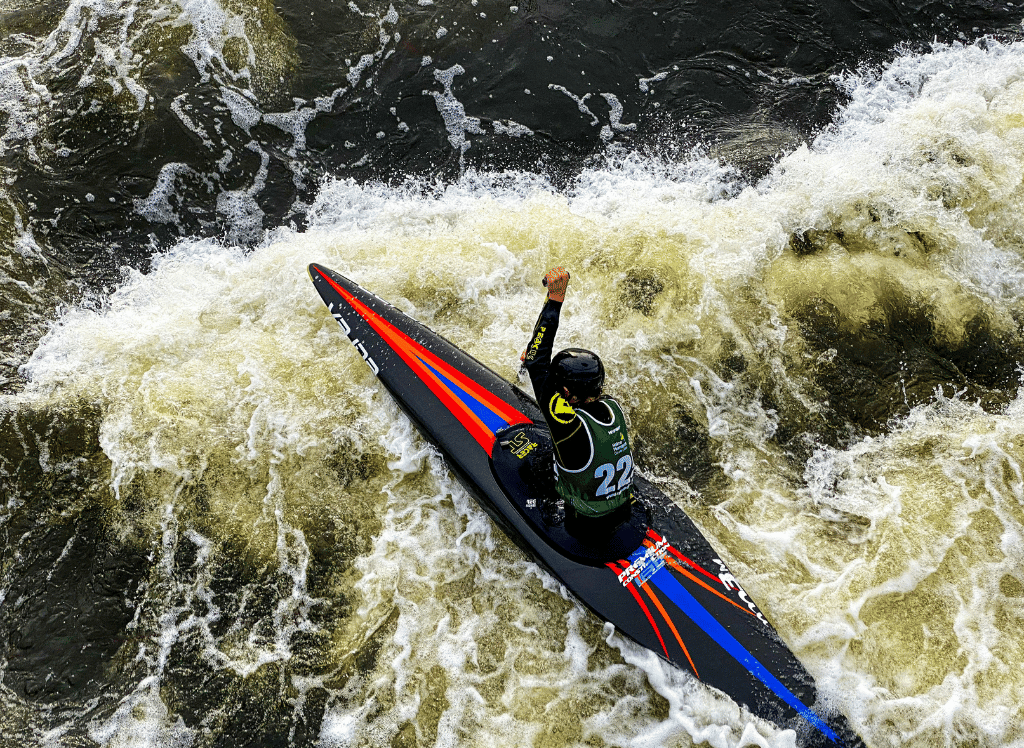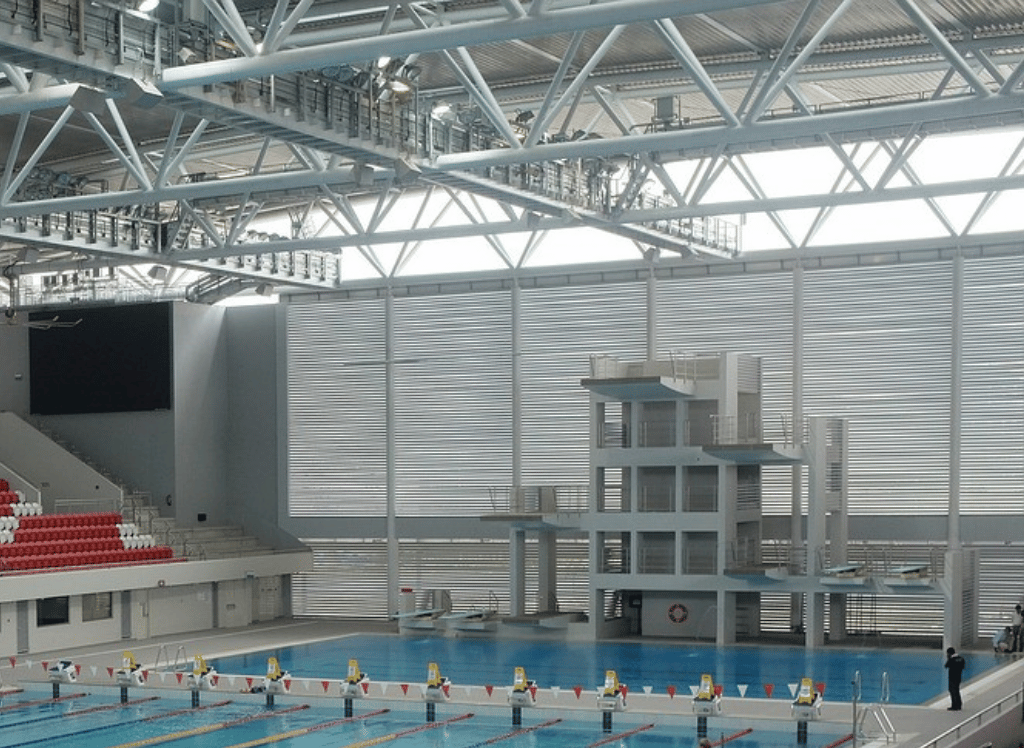Throwing a javelin might seem like a simple task—just grab the spear and chuck it, right? Well, not quite. It's a bit more complex than that. But don't worry, we're here to break it down for you. So grab your javelin, and let's throw one out there.
The Basics of Javelin Throwing
The javelin must be thrown overhand, and the thrower must stay behind the foul line to avoid disqualification. Sounds simple enough, right? Well, there's a bit more to it than meets the eye.
Choosing the Right Javelin
First things first, you need to choose the right javelin. Javelins come in different weights and lengths, so it's essential to pick one that suits your strength and skill level. For beginners, a lighter javelin is recommended. As you progress, you can move on to heavier javelins to gain more power and distance.
Grip Types
The American Grip
The American grip involves holding the javelin with your index finger and thumb around the cord, while the other fingers support the shaft. This grip is popular among beginners because it's easy to learn and provides good control.
The Finnish Grip
The Finnish grip is a bit more advanced. Here, the javelin is held with the middle finger and thumb around the cord, while the index finger supports the shaft. This grip allows for a more powerful throw but requires more practice to master.
The Fork Grip
The fork grip involves placing the javelin between the index and middle fingers, with the thumb and other fingers supporting the shaft. This grip provides excellent control and is favored by many professional javelin throwers.
The Approach Run
The Importance of the Run-Up
The approach run is crucial in javelin throwing. It helps build momentum and sets the stage for a powerful throw. A good run-up can make the difference between a mediocre throw and a record-breaking one.
The Phases of the Run-Up
The run-up consists of three phases: the withdrawal phase, the cross-over phase, and the final two strides. During the withdrawal phase, the javelin is pulled back, and the body is prepared for the throw. In the cross-over phase, the thrower takes several steps while keeping the javelin in a ready position. Finally, the last two strides are where the magic happens, setting up the perfect throwing position.
The Throwing Position
Setting Up
To set up for the throw, position your body sideways with your left leg forward (for right-handed throwers) and your right leg back. Your throwing arm should be fully extended behind you, with the javelin pointing in the direction of the throw.
The Block Leg
The block leg (left leg for right-handed throwers) plays a crucial role in the throw. It acts as a brake, allowing the body to transfer energy to the javelin. Make sure your block leg is strong and stable to maximize your throwing distance.
The Release
Achieving the Perfect Release Angle
The release angle is critical in javelin throwing. Aim for an angle between 30 and 36 degrees to achieve optimal aerodynamic lift and distance. Too high or too low, and you'll lose precious meters.
The Role of the Throwing Hand
Your throwing hand should be relaxed but firm. As you release the javelin, flick your wrist to give it extra speed and spin. This will help the javelin fly straighter and farther.
Common Mistakes and How to Avoid Them
Overgripping
One common mistake is gripping the javelin too tightly. This can lead to a loss of control and accuracy. Remember, a relaxed grip is key to a successful throw.
Poor Footwork
Another common mistake is poor footwork during the run-up and throw. Make sure your steps are smooth and controlled, and your feet are positioned correctly to maximize power and stability.
Training Tips for Javelin Throwers
Strength Training
Strength training is essential for javelin throwers. Focus on exercises that build your core, legs, and upper body. Squats, deadlifts, and shoulder presses are all excellent choices.
Technique Drills
In addition to strength training, practice technique drills to improve your form and consistency. Work on your grip, run-up, and release to ensure you're performing each step correctly.
The Mental Game
Visualization
Visualization is a powerful tool for javelin throwers. Before each throw, take a moment to visualize the perfect throw. Imagine the javelin flying through the air and landing far down the field.
Staying Focused
Staying focused during competition is essential. Block out distractions and stay in the moment. Remember, every throw is an opportunity to improve and achieve your goals.
The Importance of Rest and Recovery
Getting Enough Sleep
Sleep is essential for recovery and performance. Aim for at least 8 hours of sleep per night to ensure your body is well-rested and ready to throw.
Active Recovery
In addition to rest, incorporate active recovery into your training program. Activities like yoga, stretching, and light cardio can help improve flexibility and reduce the risk of injury.
The Role of Equipment
Choosing the Right Shoes
The right shoes can make a big difference in your performance. Look for shoes with good grip and support to help you maintain stability during the run-up and throw.
Maintaining Your Javelin
Proper maintenance of your javelin is essential. Keep it clean and free of damage to ensure it performs at its best. Regularly check for any signs of wear and tear and replace it if necessary.
The History of Javelin Throwing
Ancient Origins
Javelin throwing has a long and storied history. It dates back to ancient times when it was used as a hunting tool and weapon. The sport has evolved over the centuries, but its roots remain the same.
Modern Javelin Throwing
Today, javelin throwing is a popular event in the Olympic Games and other athletic competitions. It requires a unique combination of strength, speed, and technique, making it a challenging and exciting sport.
The Future of Javelin Throwing
Technological Advances
As technology continues to advance, so does the sport of javelin throwing. New materials and designs are being developed to improve performance and safety. The future of javelin throwing looks bright, with exciting innovations on the horizon.
Growing Popularity
Javelin throwing is gaining popularity around the world. More and more athletes are taking up the sport, and competitions are becoming more competitive. The future of javelin throwing is full of potential and promise.
Javelin Throw FAQs
What is the best grip for beginners?
The American grip is often recommended for beginners because it's easy to learn and provides good control.
How important is the release angle in javelin throwing?
The release angle is critical. Aim for an angle between 30 and 36 degrees to achieve optimal aerodynamic lift and distance.
What are some common mistakes to avoid in javelin throwing?
Common mistakes include gripping the javelin too tightly and poor footwork during the run-up and throw. Focus on a relaxed grip and smooth, controlled steps to maximize your performance.
Summary
Throwing a javelin is an art form that requires a unique blend of strength, technique, and mental focus. From choosing the right grip to perfecting your run-up and release, every step is crucial to achieving a successful throw. With the right training, equipment, and mindset, you can master the art of javelin throwing and reach new heights in your athletic career.









